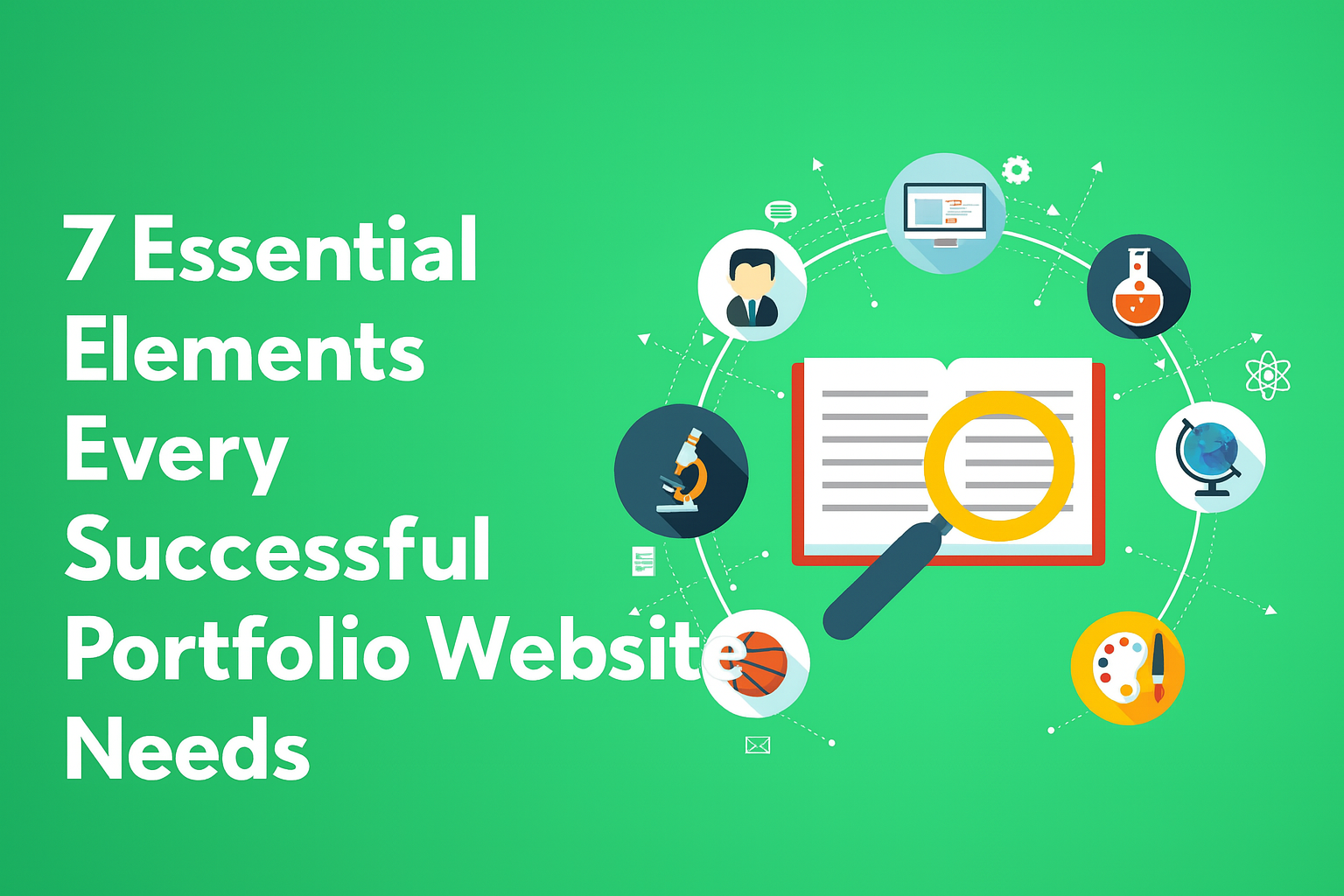Understanding Core Web Vitals and Their Significance
In today’s digital landscape, delivering an exceptional user experience is essential. One of the key factors influencing both user satisfaction and search engine rankings is Core Web Vitals—a set of performance metrics introduced by Google in 2020. These metrics assess the quality of user interaction on a website and include:
- Largest Contentful Paint (LCP): Measures loading performance.
- First Input Delay (FID): Evaluates interactivity.
- Cumulative Layout Shift (CLS): Assesses visual stability.
By optimizing these metrics, website owners can enhance both user engagement and SEO performance.
Core Web Vitals Explained
Largest Contentful Paint (LCP)
LCP measures the time it takes for the most significant content (such as an image or text block) to load within the viewport. A good LCP score is under 2.5 seconds, ensuring users see content quickly, reducing bounce rates. To improve LCP:
✔ Optimize server response times with high-performance hosting solutions.
✔ Reduce HTTP requests and enable browser caching.
✔ Use compressed images and lazy loading to minimize load times.
First Input Delay (FID)
FID evaluates the time it takes for a page to respond to a user’s first interaction (e.g., clicking a button or link). An optimal FID score is less than 100 milliseconds, ensuring seamless responsiveness. Strategies to enhance FID include:
✔ Minimizing JavaScript execution and deferring non-essential scripts.
✔ Reducing third-party script interference.
✔ Implementing browser caching and content delivery networks (CDNs).
Cumulative Layout Shift (CLS)
CLS measures how much a webpage’s layout unexpectedly shifts during loading. A good CLS score is below 0.1, ensuring a stable and frustration-free user experience. To achieve this:
✔ Define image and video dimensions to prevent sudden shifts.
✔ Use CSS aspect ratio boxes for responsive elements.
✔ Avoid dynamically injecting content above existing elements.
The Role of Core Web Vitals in SEO
While Core Web Vitals contribute to SEO rankings, content relevance and quality remain dominant ranking factors. Google’s John Mueller has clarified that better Web Vitals alone won’t guarantee higher rankings unless the content is authoritative and valuable. However, in competitive niches where content quality is similar, superior Web Vitals can provide an edge.
Best Practices for Optimizing Core Web Vitals
1. Optimize Server Performance
Reducing server response time is crucial for faster LCP scores. Consider using a high-performance hosting provider like Kinsta for optimized server configurations.
2. Reduce HTTP Requests
Minimizing requests speeds up page loading. Google PageSpeed Insights can identify unnecessary requests and suggest improvements.
3. Implement Efficient Image Handling
Compressing images using tools like TinyPNG and enabling lazy loading can significantly improve load times.
4. Ensure Mobile-Friendliness
Since most users access websites via mobile devices, having a fully responsive design is critical for user experience and rankings.
Real-World Impact of Core Web Vitals Optimization
A case study by Link-Assistant demonstrates how improving Core Web Vitals led to a recovery from a significant drop in organic traffic. By optimizing LCP, FID, and CLS, they saw an increase in organic impressions and click-through rates.
Tools for Measuring Core Web Vitals
- Google PageSpeed Insights: Provides lab and field data on Web Vitals.
- Lighthouse: Offers in-depth performance audits and optimization suggestions.
- Chrome User Experience Report (CrUX): Analyzes real-world user experiences.
- Web Vitals Chrome Extension: Monitors Core Web Vitals in real-time.
Conclusion: Elevate User Experience and SEO
Core Web Vitals play a crucial role in improving both user engagement and search rankings. By prioritizing performance optimization, websites can deliver a seamless, responsive, and visually stable experience—boosting both retention and search visibility.
Need expert assistance in optimizing your website’s performance? Belov Digital Agency specializes in technical SEO and performance optimization, ensuring your website is both user-friendly and search engine optimized.
Explore our resources for more insights on SEO best practices, web development strategies, and digital performance optimization.


